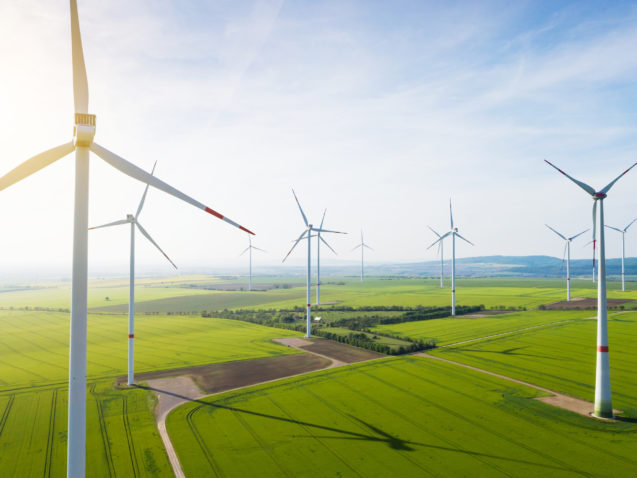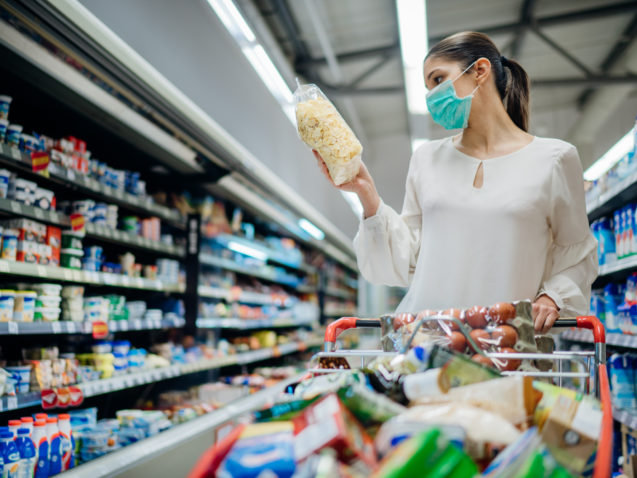When I go to shops for my weekly food run, I am assured of the fact that I can find out how a particular product is composed, in terms of its ingredients and its nutritional profile, and how that might affect my diet and that of my family.
But can I have the same assurances about knowing its environmental footprint? Can I be so sure that what I am buying is… well, green?
Like me, most consumers want to know more about the environmental impact of the products that we buy, use, and consume, and the demand to purchase greener products is growing every day.
This is why food and drink manufacturers in Europe are continuously improving the environmental footprint of their products and are working to provide clearer environmental information to consumers.
Providing information on the environmental footprint of food and drink products can help consumers choose more environmentally sustainable products and help all of us move towards more sustainable food systems.
Consumers have a vital role to play in the transition towards more sustainable food systems and to help them in this, food producers, retailers and authorities need to provide clear and reliable information that consumers can trust. The best way of doing this is with a clear label.
So how should we design a trustworthy and fit-for-purpose product label?
Stick to basic principles: Make it clear. Make it the same everywhere. And make it reliable.
In the current climate however, we are seeing divergence of labels and national approaches to consumer information, not just in environmental information but increasingly for nutrition too. This risks confusing consumers across Europe and fragmenting the Single Market.
So how can we overcome this?
At FoodDrinkEurope, we’ve prepared a brief position on how best to provide environmental information, using a single harmonised label, which we believe should be designed as follows:
- Any environmental label should be provided on a voluntary basis, so as not to overly-burden those producers that may be unable to show it
- Any such label should be harmonised (i.e. the same) across the EU
- Any claims made under such a label should be substantiated on the basis of the current EU Product Environmental Footprint (PEF) methodology
- Any claims made under such a label scheme should then be legally bound
- Any information on such a label should be easily comparable
- Any claims made under such a label should be subject to a post-verification system, rather than a burdensome pre-approval scheme
In the coming months, policymakers have a real opportunity to improve current methods of providing environmental information to consumers and to helping move forwards the transition to more sustainable food systems.
In particular, policymakers should look to improve the PEF methodology and make it easier for companies, especially SMEs, to operationalise and use as a basis to calculate the environmental footprint of their products.
As it stands, there are a lot of labels being proposed by national authorities and private enterprises, which is a welcome sign that the food supply chain is taking this issue seriously. But what we truly need now is convergence towards a harmonised EU labelling scheme.
Developing a harmonised EU labelling scheme, along those design principles outlined above, will help support both industry and consumers shape a more sustainable food future.






